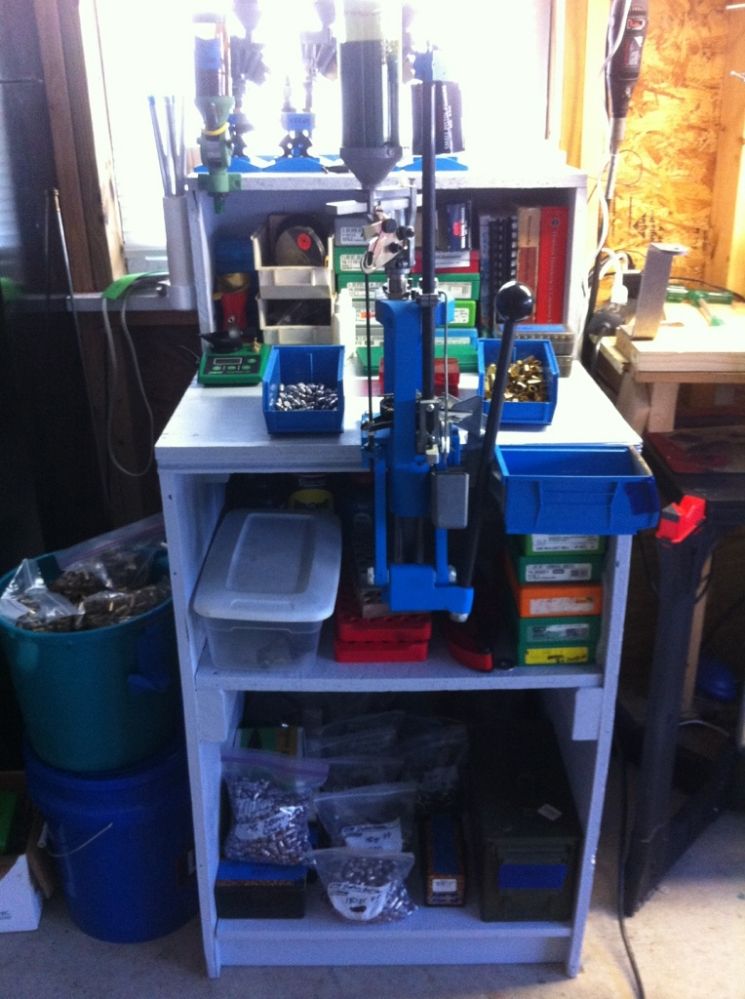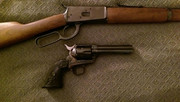No auto indexing on the 550/550B, but as with the comment above, I prefer the manual index feature.
Speed is all relative, you may be abel to crank out 1000 rounds an hour on a 650 if you work it hard, but you can knock out 400-500 rounds an hour on a 550B without generating any sweat. And if you do make a mistake, it's easy to fix on a non-auto indexing press.
The other advantage with the 550B is the wider array of rifle calibers and the lower cost of caliber conversion kits.
I load pretty much everything on my Dillon except precision hand weighed loads for a .308, a .243, a .22 Hornet and my .45-70 Sharps, which are all done on a single stage press. My 550B has loaded probably 25,000 rounds of .223 alone over the years, along with several thousand rounds of 9mm, .45 ACP and .380 ACP, as well as .30 Carbine, .45 Colt, .375 Winchester, .38-55, and .30-30.
----
I would not recommend using any oil on a primer feed system as oil is probably the ultimate primer killer. If the primer feed gets stick, just wipe off any dust or accumulated gunk and if needed use some dry graphite lube on it.
I also recommend adding an LED light strip inside the frame to illuminate the cases being worked, and in particular the just charged case. With 4 positions, you can use a powder level warning system, or a separate crimping die for straight wall cartridges, but not both. It's not a major limitation, and a light lets you comfortably skip the powder warning system and lets you continue feeding bullets from the left side.
I'll also second the value of the automatic primer warning system. I place the cardboard cover from the primer package over the primer feed tubes and in turn on the primer feed system itself to ensure that I never get confused about what primers are loaded, even if I walk away and leave the press for weeks between reloading sessions.
I also mark the exposed face of the tool head with the caliber as well as with the load it's set up for so I know what bullet the seating and crimping dies (if I'm using one) are set for.
I generally use the $104 quick change kits that include the powder measure for the more commonly loaded calibers. I keep the dies for the less commonly loaded calibers on plain tool heads stored underneath in rubber main tubs. Most of those are rifle calibers where I will often use a manually operated Redding BR-30 powder measure anyway (stored in a holder on the top shelf) and use a 3/4" powder measure adapter to attach it to the powder dies on the tool head. I'll leave a business card or piece of a primer box cover with the powder and load data in the powder measure hoppers so that I'll know what it was set up for the next time I use it.
_____
Since you may be moving it and be in need of bench ideas, I'll post a picture of my set up. A friend and I made a pair of these from 2 sheets of 1" ply and a sheet of wafer board. It uses 1" ply for the sides and back with a doubled piece (2") for the main deck. The top and the internal shelves are made from wafer board. It also has 2x4s around the inside of the base as well as under the middle shelf. It's free standing and easy to move, and has stood up well to three permanent changes of station over the last decade and takes up very little space.
The idea is to use a heavy and strong box construction as well as the weight from bullets (bottom shelf), primers (in a .50 cal ammo can on the bottom shelf), powder, (middle shelf) and extra tool heads, dies and less frequently used tool (middle shelf) to add additional weight and stability. Stability is important on a Dillon as the powder measures are very accurate - provided the press is mounted on a stable platform. The more frequently used tools, loading manuals, etc go on top under the top shelf and the caliber quick change kits and stands go on the upper shelf. Primer tubes are kept in a piece of PVC pipe capped on the bottom and screwed to the side.






